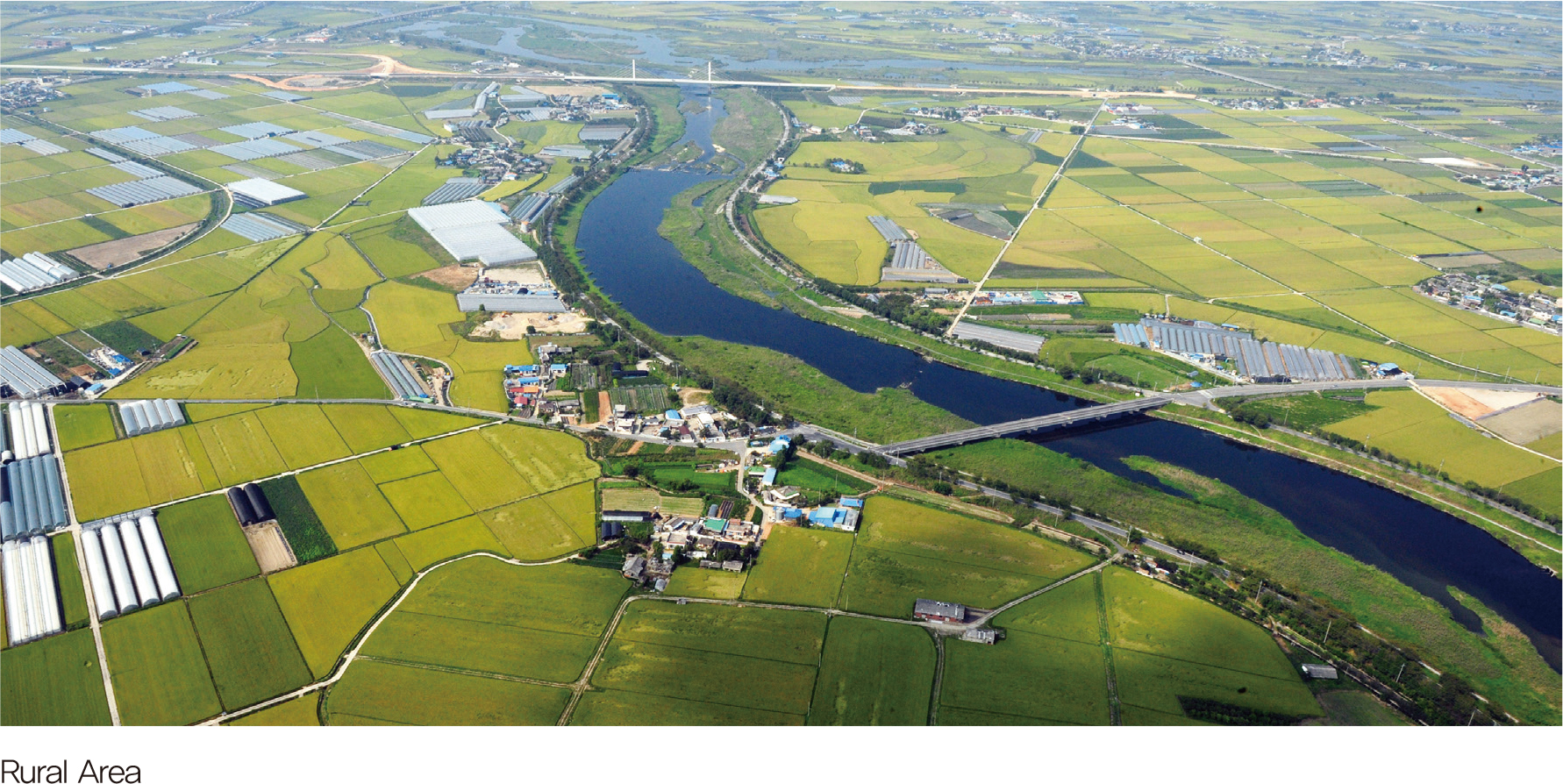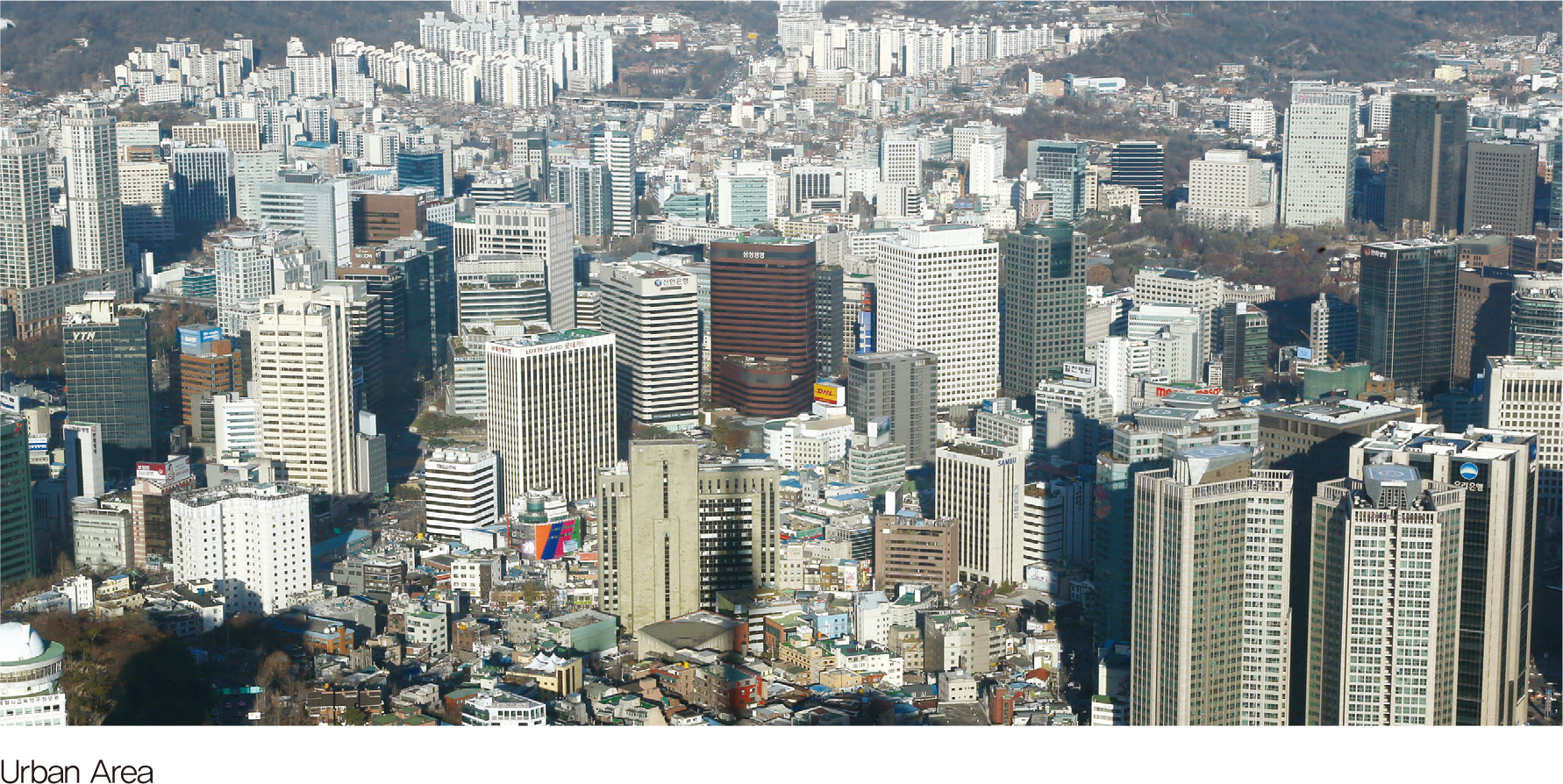English I 2019
Population affects a nation’s politics, economy, culture, and infrastructure. The key characteristics of the population of a country or region include the distribution, structure, and migrational patterns. Population distribution is the population size of regions at a particular time. Population structure is the composition of the population of a region that denotes particular demographic attributes, including such important variables as age, gender, income, and household composition. Migrational patterns show the population movement between regions over a particular period. Changes in population distribution come from natural increase and decrease (births and deaths) and migration. Natural increases and decreases in the population are monitored with statistics on total fertility and mortality rates. Migration, on the other hand, is affected by the geographical distribution of the political, economic, social, cultural, and spatial characteristics. Such influences function as determining factors for population influxes and outflows between regions; as a result, the socio-spatial process of migration takes place. Migration includes regional in-migration and out-migration, both domestically and internationally. Domestic migration is classified as the migration between urban and rural areas, between city and city, and between rural areas. In general, economic, demographic, and geographic factors jointly affect migration patterns.
The following maps illustrate population distributions at the national level for every decade since 1980. Each dot represents 1,000 persons at the city, county, and district (si, gun, gu) levels. These maps identify both over-populated and under-populated areas. Population distribution patterns differ over time, and they can be used to identify the growth or decline of a population spatially. Over the past several decades, the population of Korea has migrated to the northwest region of the country, showing the importance of the Seoul Capital Region. Understanding population distribution is of paramount importance since the distribution provides a synopsis of a country’s political, economic, social, cultural, and spatial patterns at the national and regional levels. |

